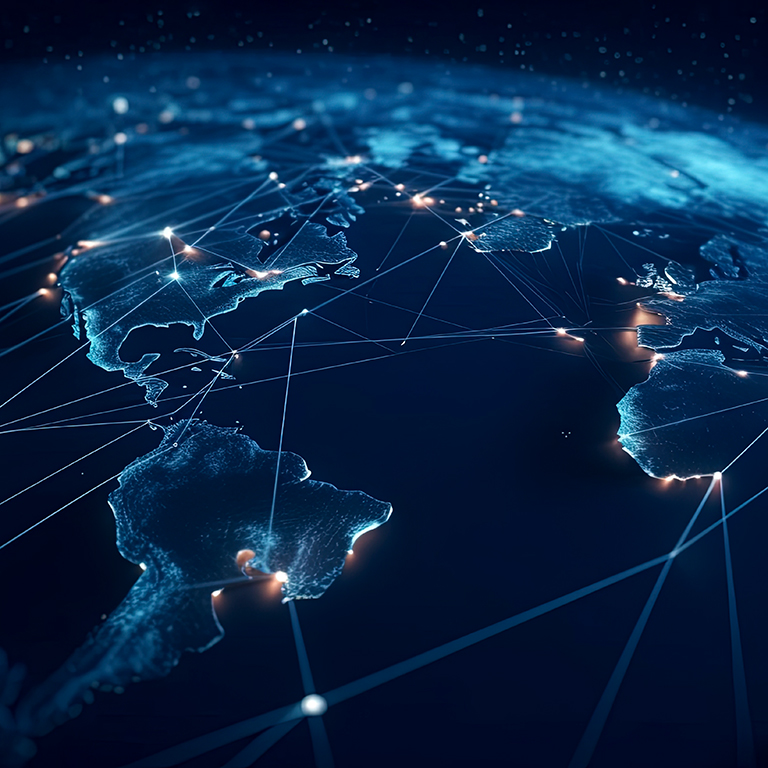by ,
17/04/2024 · 4 minute read
The Middle East faces unique challenges in the realm of technology risks. The UAE and KSA shared apprehension regarding ‘adverse effects of AI’ emphasizing the importance of ethical AI implementation, to ensure that AI meets human values, and it does not compromise safety and well-being. Market attention and national protection concern can limit the improvement of guardrails in AI. As organisations cope with those challenges, they should embody resilience as a guiding precept. The adverse outcomes of advanced AI will create new rifts, separating those with access or the ability to produce technology resources and intellectual property (IP) from those who do not. Deeper integration of AI into conflict decisions includes the chance of unintended escalation. Resilience on this state of affairs includes growing a sturdy framework for the moral use of AI, making sure obvious selection-making techniques, and building in fail-safes to prevent inadvertent escalation. A resilient approach involves ongoing monitoring and adjustment of AI applications in conflict contexts. Open access to AI applications includes the risk of asymmetric authorisation by empowering malicious actors. In response, organisations must broaden resilient cybersecurity measures and adapt to rising threats. This involves not only securing AI systems but also fostering international collaborations to establish norms and regulations that ensure responsible AI use. This highlights the ethical challenges posed by advanced technology, highlighting the urgent need for responsible and transparent AI development.
Technological advances provide unparalleled opportunities for innovation, empowering organisations to develop new products, offerings and business models. At the same time, ethical considerations should be prioritised in technology development and implementation, ensuring conformity with societal norms and minimising negative consequences. By strategically embracing those improvements, it positions organisations at the leading edge in their industries and fostering growth. In the face of evolving threats, resilience turns into an essential aspect of organisational success. Technology, while used correctly, strengthens resilience with the aid of implementing sturdy cybersecurity measures, fostering agile reaction mechanisms and making an investment in employee training.
Through data-driven decision-making, predictive analytics, and enhanced customer experience, technology becomes a cornerstone of overall efficiency and long-term sustainability. Forward-thinking leaders recognise the imperative of staying ahead in the technology curve to ensure long-term viability.
In addition to the technical aspects of risk mitigation and strategic planning, equally important is a positive organisational culture associated with technology. Leaders play a key role in shaping this culture, setting the tone for how technology is viewed, adopted and integrated into everyday operations. Providing training programs, workshops and ongoing resources ensures employees feel confident and able to use technology to improve their work. This empowerment transforms employees into contributors to organisational resilience, as they become adept at identifying and managing potential risks.
As organisations work to build resilience in the cyber evolution, collaboration will be key to success. Collaboration extends beyond organisational boundaries, including partnerships with industry peers, supply chain entities, regulators and technology experts to address shared challenges and opportunities collectively. This spirit of collaboration extends to addressing societal concerns such as AI practices related to ethics and data privacy and reinforces the promise of responsible technological development. Sharing information and collective intelligence allows organisations to stay ahead of emerging threats. Collaborative forums, industry consortiums, and partnerships with cybersecurity experts provide mechanisms for long-term learning and immediate response to evolving threats.
Building resilience amid the cyber evolution requires a holistic approach that goes beyond risk mitigation strategies. Embracing technology as a positive disruptor requires cultural change in organisations, driven by leadership commitment, employee empowerment, and collaboration in response to common challenges.
The journey to a technological future involves navigating risks with a keen awareness of the transformative power of technology. Organisations that successfully balance risk mitigation and innovation not only meet the challenges of cyber evolution but emerge as leaders in their respective industries. As the Middle East navigates this transformative period, the call to action is clear: embrace technology as a catalyst for positive change, build resilience through collaboration and adaptability that is paving the way for a future where organisations not only survive but thrive in an ever-changing digital landscape.

Article,Featured insight
04/02/2025